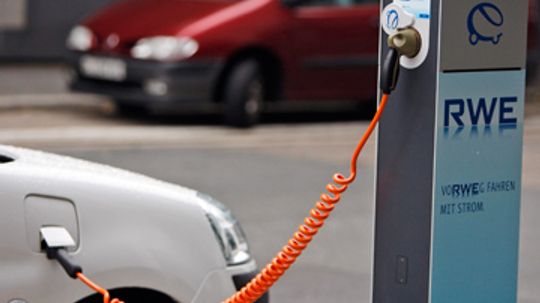Electric vehicles (EVs) have emerged as a promising solution to combat the environmental challenges posed by traditional gasoline-powered cars. As the demand for EVs continues to rise, so does the need for an efficient and reliable charging infrastructure. This article delves into the complex workings of electric vehicle charging networks, shedding light on their intricate mechanisms and potential obstacles.
The Evolution of Electric Vehicle Charging Networks
Over the years, electric vehicle charging networks have evolved from simple standalone chargers to comprehensive systems that cater to diverse needs. These networks consist of various types of chargers, including Level 1, Level 2, and DC fast chargers. Each charger type offers different power levels and charging speeds, allowing EV owners to choose according to their requirements.
In addition to charger diversity, these networks also incorporate advanced technologies such as smart grid integration and remote monitoring capabilities. Smart grid integration enables optimized energy management by balancing electricity supply and demand while ensuring efficient utilization of renewable energy sources.
Furthermore, remote monitoring systems provide real-time data on charger availability and functionality. This information helps users plan their journeys effectively by identifying nearby operational chargers along their routes.
The Challenges Faced by Electric Vehicle Charging Networks
Despite significant advancements in technology and infrastructure development, electric vehicle charging networks still face numerous challenges that hinder widespread adoption. One major obstacle is limited accessibility due to inadequate coverage in certain regions or areas with high population density.
Moreover, interoperability issues arise when different network providers use incompatible communication protocols or payment systems. This lack of standardization poses inconveniences for EV owners who may require multiple subscriptions or access cards across various charging stations.
An additional challenge lies in managing peak demand periods when numerous EVs simultaneously require charging. This surge in electricity consumption can strain the grid and potentially lead to power outages if not adequately managed.
The Future of Electric Vehicle Charging Networks
Despite these challenges, the future of electric vehicle charging networks appears promising. Governments and private entities are investing heavily in expanding infrastructure coverage, aiming to establish a comprehensive network that spans across cities, highways, and rural areas.
Technological advancements continue to drive innovation in this field. The emergence of wireless charging technology holds great potential for simplifying the charging process by eliminating physical connections between vehicles and chargers.
Furthermore, ongoing research focuses on developing ultra-fast chargers capable of delivering high-power levels within minutes rather than hours. These advancements will significantly reduce charging times and enhance convenience for EV owners.
In Conclusion
Electric vehicle charging networks play a crucial role in facilitating the widespread adoption of electric vehicles. While they face challenges such as limited accessibility, interoperability issues, and peak demand management, continuous investments and technological advancements offer hope for an efficient and seamless future network. As we strive towards a sustainable transportation system, it is imperative to address these obstacles collectively to ensure a greener tomorrow.
